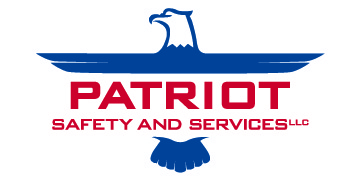Ensuring the health and fitness of employees is crucial, especially in industries where safety and performance are top priorities. DOT and Non-DOT physicals are vital tools for assessing whether individuals meet the necessary health standards for their roles. Here are the top 10 benefits of DOT and Non-DOT physicals.
1. Ensures Regulatory Compliance
DOT physicals are mandatory for employees in safety-sensitive roles, ensuring compliance with Department of Transportation regulations. Non-DOT physicals help employers meet industry-specific requirements not governed by the DOT.
2. Promotes Workplace Safety
By identifying potential health risks, DOT and Non-DOT physicals help prevent accidents and injuries caused by medical conditions or physical limitations.
3. Identifies Health Issues Early
DOT and Non-DOT physicals provide an opportunity to detect health concerns before they become serious, enabling timely intervention and treatment.
4. Protects Public Safety
For roles involving public transportation or heavy machinery, DOT physicals ensure that employees are fit to perform their duties without endangering others.
5. Reduces Absenteeism
Regular DOT and Non-DOT physicals can identify and address health problems, leading to fewer unplanned absences and improved employee reliability.
6. Enhances Employee Confidence
Employees who undergo DOT and Non-DOT physicals gain reassurance that they are physically capable of performing their jobs safely and effectively.
7. Improves Productivity
Healthy employees are more productive. DOT and Non-DOT physicals help ensure your workforce is operating at peak performance.
8. Supports Tailored Job Assignments
Non-DOT physicals allow employers to assess specific health requirements for different roles, ensuring employees are assigned tasks suited to their capabilities.
9. Minimizes Legal and Financial Risks
By conducting DOT and Non-DOT physicals, employers demonstrate due diligence, reducing the risk of legal liabilities and compensation claims.
10. Builds a Culture of Health and Safety
Implementing regular DOT and Non-DOT physicals reinforces your organization’s commitment to employee well-being and workplace safety.
DOT and Non-DOT physicals are essential for maintaining a healthy, safe, and productive workforce. Whether ensuring compliance with DOT regulations or addressing role-specific health requirements, these physicals provide valuable insights that benefit both employers and employees.





